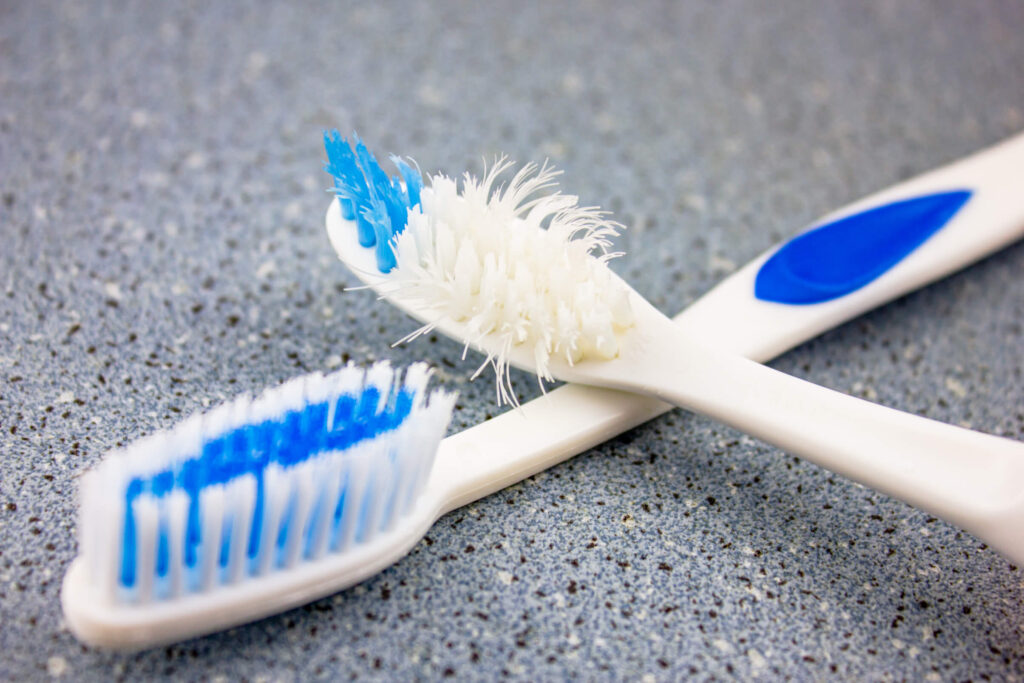Your toothbrush could be harboring millions of bacteria and fungi, with estimates ranging from 1 to 12 million. While these microbes are typically harmless, the truth is that your toothbrush serves as a mini-ecosystem, teeming with all sorts of organisms that thrive on your mouth’s daily offerings of saliva, skin cells, and food particles.
When you rinse your toothbrush after use, you may not realize that you’re essentially nurturing an environment for bacteria to grow. The frayed bristles of an aging toothbrush act as perfect homes for bacteria to cling to. Over time, they form a biofilm on the bristles, where microorganisms, including benign bacteria from your mouth like Streptococcus mutans, can thrive. These are generally harmless, but harmful bacteria like Staphylococcus and Escherichia coli can also find their way onto your brush.
Bathrooms, the environment where most of us store our toothbrushes, are a breeding ground for microbial contamination. Humidity, warm temperatures, and the aerosol-like droplets from flushing the toilet all contribute to the microbial cocktail on your toothbrush. Even worse, these droplets can carry harmful pathogens like viruses that cause the flu, COVID-19, and gastrointestinal issues.
Though the risk of illness from a toothbrush is relatively low for most people, there are concerns for individuals with compromised immune systems, who might be more susceptible to infections. Bacteria found on toothbrushes can also carry antibiotic-resistant genes, which makes potential infections harder to treat.
So, how can you reduce the microbial load on your toothbrush? The most effective solution is regular replacement. Experts recommend changing your toothbrush every three months or sooner if the bristles are worn. Additionally, proper toothbrush care—such as storing it upright in a dry area and avoiding closed containers—can help minimize microbial growth. If you’re keen on sanitizing your brush, soaking it in a mouthwash solution or vinegar may help reduce bacterial presence.
While some products on the market claim to be antimicrobial, studies suggest they don’t significantly reduce bacterial populations and might even encourage the growth of resistant strains. Probiotic toothpastes, which promote the growth of “good” bacteria, may offer an innovative way to create a healthier oral microbial balance, but this is still an emerging field.
Next time you’re in the bathroom, take a moment to inspect your toothbrush. If it’s been more than three months or the bristles are looking a bit worn, it might be time for a replacement. And don’t forget to store it away from the toilet to avoid any unwanted contamination.

